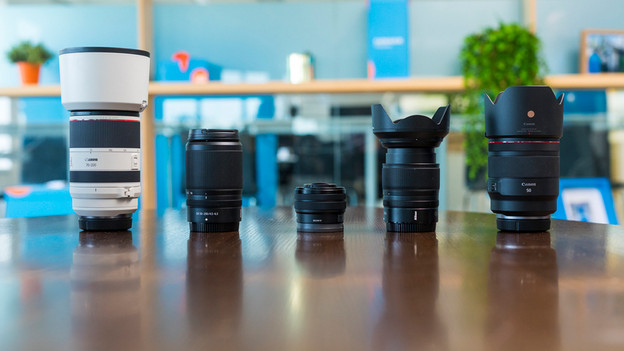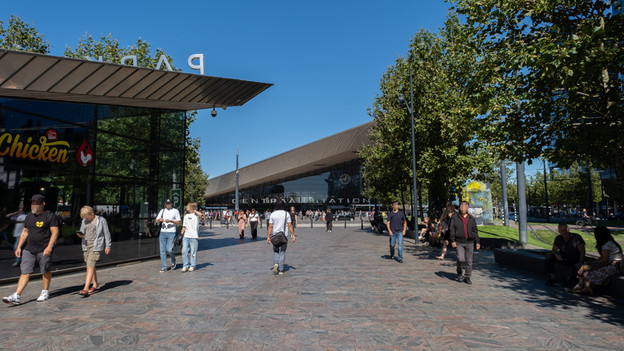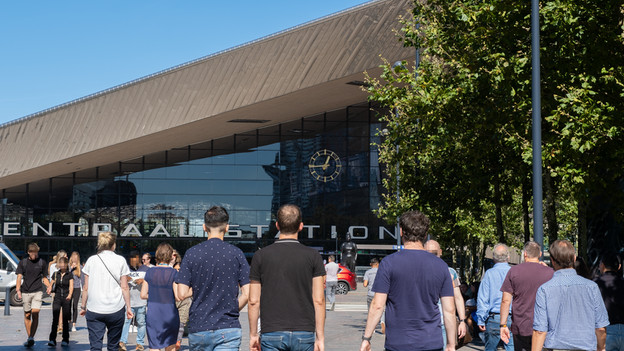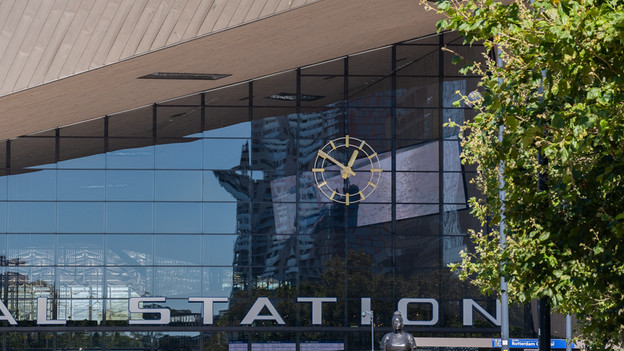
Written by Sanne
Edited on
12 March 2024
·
16:01
What's the difference between the different focal lengths?
You want to buy a new lens for you camera, but you're not sure which focal lengths are best for you. You can read what the difference is between the numbers on the lenses below. You can also learn for which photography types they're suitable. This way, you'll always have the right lens when you take photo.
Everything on camera lenses
You use different focal lengths for different photography types. The most common lens types are:
-
12-35mm: wide-angle lens
-
25-70mm: standard lens
-
35-105mm: macro lens
-
70-300mm: telephoto lens


12-35mm: wide-angle
With a lens ranging from 12 to 35mm, you have a short focal length that creates a large image angle. This focal length allows you to capture a large part of the environment. Similar to a fisheye lens, these lenses also slightly warp the image a bit. Objects that are further away will appear smaller, while object that are close will appear larger. You can use this focal length for interior photography, as at will make rooms appear to be more spacious.

25-56mm: standard
Lenses with a focal length up to 70mm are called standard lenses. The distance between the sensor and the lens cause the image angle to be similar to that of the human eye. With a standard lens with the option to zoom, you can bring the objects closer thanks to a larger focal length. At the same time, you have the option to take photos with a wide angle without distorting the image. This makes a standard zoom lens suitable for many types of photography.

35-105mm: macro
The difference between these focal points may seem big, but all of these numbers belong to the 'macro' category. A lens with a focal length starting at 35mm lets you capture even the tiniest details, starting at a 3cm distance. Lenses starting at 60mm allow you to take detailed close-ups from a distance. The larger the focal length, the bigger the distance between you and your subject. A macro lens is suitable for taking photos of insects and flowers. And 88mm lenses are suitable for portrait photography, without creating a warped image.

70-300mm: telephoto
A focal length between 70 and 300mm lets you zoom in on objects that are very far away. These types of lenses are also called telephoto lenses. The result of a large focal point is that you have to work with a very small image angle. A 300mm lens has an image angle of less than 10 degrees. You actually only use these lenses if you really can't get closer to your subject. Take animal photography or professional sports photography, for example. Keep in mind that lenses with a large focal length are relatively expensive.
Article by Sanne
Camera Expert.
